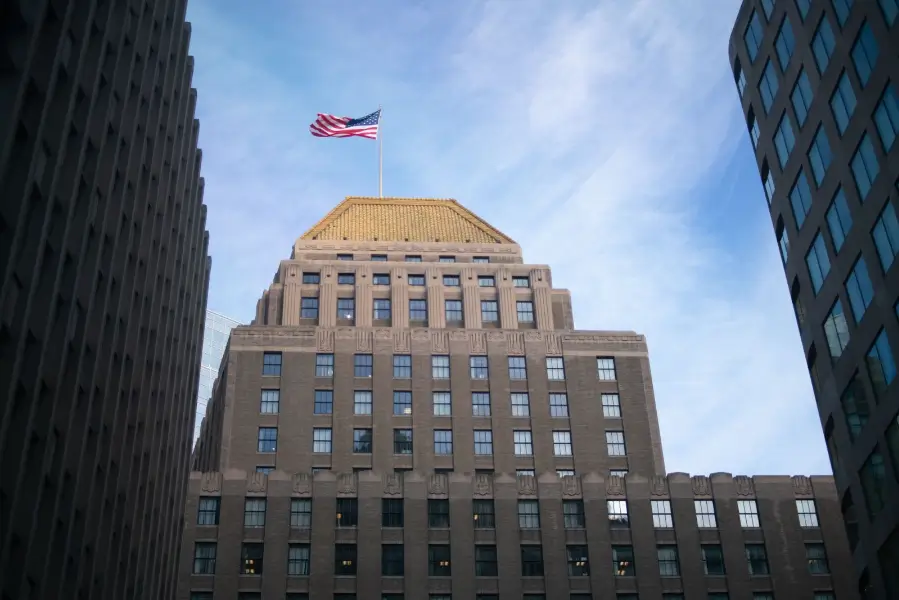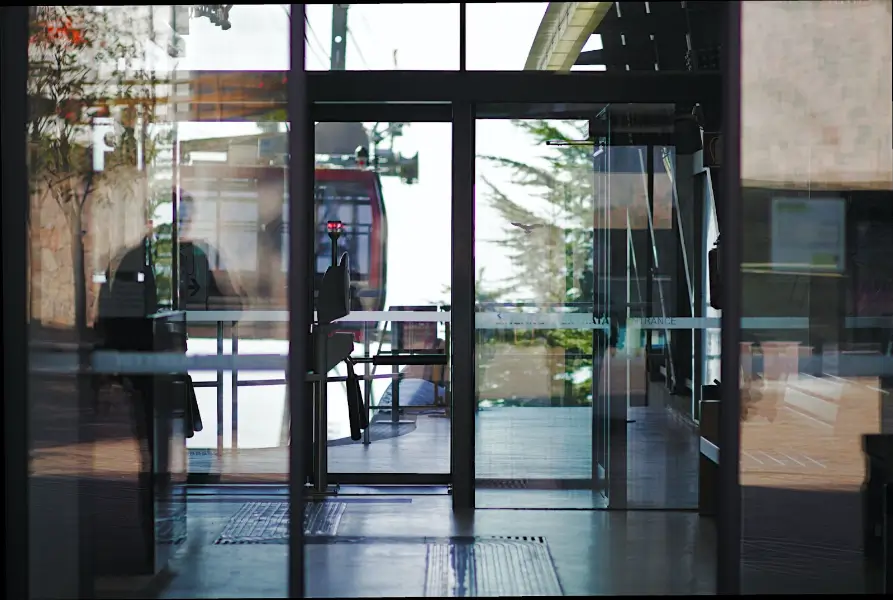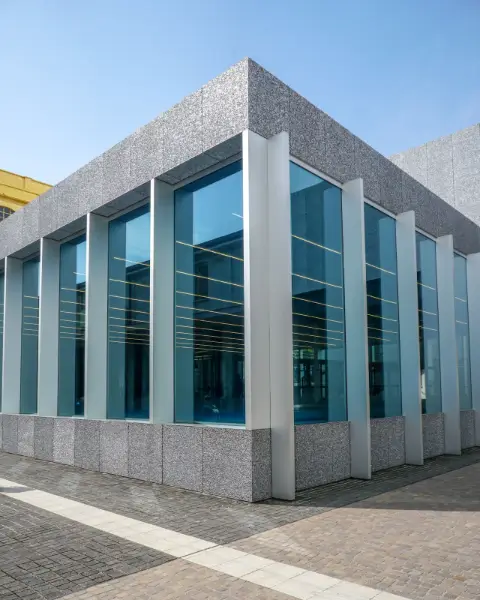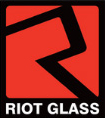Written By: Brad Campbell | December 1, 2023
Bulletproof glass, more accurately called bullet-resistant glass or ballistic glass, is gaining popularity for a wide range of commercial applications.
When you think of bulletproof glass, you probably associate it with applications like high-security government facilities and military buildings.
However, thanks to advancements in ballistic glazing technology, it’s now being used for everything from high-risk business and executive protection to active threat mitigation in schools.
This is in part due to the fact that bullet resistance in glazing can be achieved using lighter, thinner materials these days, making it more practical and affordable to use ballistic-grade glazing in a wider range of applications.
Keep reading to find out some key facts you should know about bullet-resistant glass, including how thick bulletproof glass is and exactly how “bulletproof” it really is.

Before we dive into some technical information about ballistic-grade security glazing, it’s important to make one thing very clear: there is no such thing as 100% bulletproof glass.
No matter how thick it is, “bulletproof” glass can always be penetrated, either by a powerful enough firearm or by prolonged multi-shot attacks.
Bulletproof glass is a term that’s used to refer to a number of different types of bullet-resistant security glazing materials that can resist several bullets fired from specific types of firearms.
These glazing materials are typically rated according to the UL 752 ballistic resistance rating chart, which specifies exactly how bullet resistant any given material is.

Bullet-resistant glazing sheets can be surprisingly thin — as little as 1/4”. Typical thicknesses for ballistic glazing range from 1/4” to 3 1/2”.
As you probably already inferred, the thicker the material is, the more bullet resistant it typically is. However, the specific composition of the ballistic-grade glazing also has a lot to do with the UL 752 rating it receives.
For example, a 1”-thick sheet of Riot Glass® glass-clad polycarbonate (GCP) security glazing has a UL 752 Level 2 rating, meaning it can stop a minimum of three 158-grain ballistic shots from a .357 Magnum.
For most commercial applications outside of the most high-security facilities, the thinner the ballistic-grade glazing, the more cost-effective it is.
This is because thick bulletproof glass typically requires glass replacement, while thinner bullet-resistant glazing (like polycarbonate-based ArmorPlast®) can often be retrofitted right on top of the existing glass using specialized retrofittable framing adapters.
A 3/4”-thick piece of ArmorPlast security glazing has a UL 752 Level 1 rating, meaning it can stop several 124-grain full metal jacket rounds from a 9mm handgun.
Even if riddled with bullets, this specialized material won’t break apart or significantly diminish in strength. It remains a barrier to forced entry and provides access denial to keep the bad guys out during an active threat scenario or any other type of forced entry attempt.
This is ideal for reinforcing a wide range of commercial facilities against forced entry and active threats. For instance, retrofit ballistic-grade security glazing is ideal for:
If a higher level of ballistic resistance is needed, thicker types of ballistic glazing can be used, but it may require glass replacement and potentially some modification of the surrounding framing system, depending on exactly how thick the bulletproof glass is.

Riot Glass, LLC provides a full range of forced entry- and bullet-resistant security glazing solutions, perfect for any type of commercial application.
Whether preventing burglary, smash-and-grab theft, and looting are your top concerns, or you want to provide active threat protection to safeguard the lives of building occupants, there’s a cost-effective Riot Glass or ArmorPlast® solution to reinforce your windows and doors.
Contact us today for a consultation!

HOW CAN WE HELP YOU?
